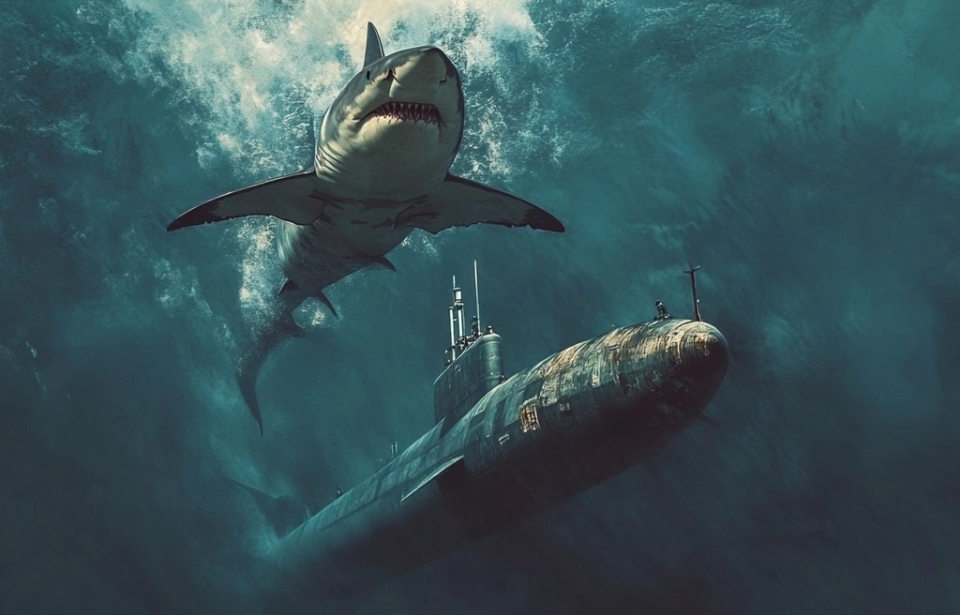Submarines may be taken out of service at sea for numerous reasons, such as encounters with sea mines, torpedoes, accidents or even intentional scuttling. However, in one particularly unusual case, a US Navy vessel suffered a lot of damage that required the submarine to return to port. The surprising culprit? A shark no larger than a house cat.
The US Navy’s nuclear fleet was effected
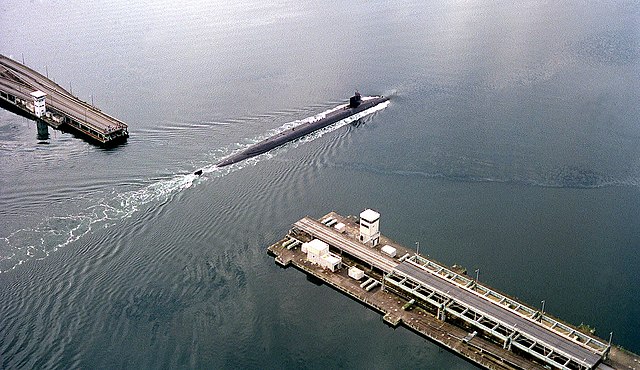
This peculiar scenario unfolded within the US Navy’s nuclear fleet – notably affecting the Ohio-class submarines – during the Cold War.
The Ohio-class comprises four guided missile submarines (SSGNs) – the USS Ohio, Michigan, Florida and Georgia – along with 14 ballistic missile submarines (SSBNs) — the USS Henry M. Jackson, Alabama, Alaska, Nevada, Tennessee, West Virginia, Kentucky, Pennsylvania, Nebraska, Maryland, Rhode Island, Louisiana, Wyoming and Maine.
What makes the Ohio-class unique?
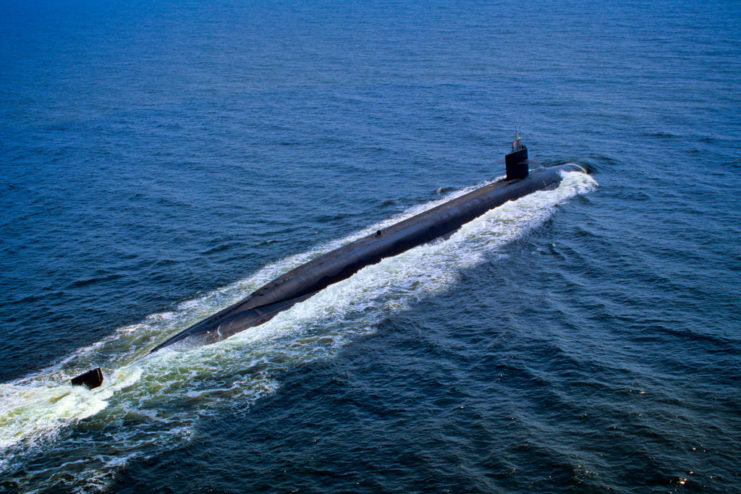
Recognized as the largest submarines ever built for the Navy and among the biggest globally, they are second only to the Russian Navy’s Typhoon-class and Borei-class. Notably, the Ohio-class carries a greater payload, with each submarine outfitted with 24 Trident II missiles, exceeding the 16 on the Borei-class and 20 on the Typhoon-class.
Issues with technology started during the Cold War
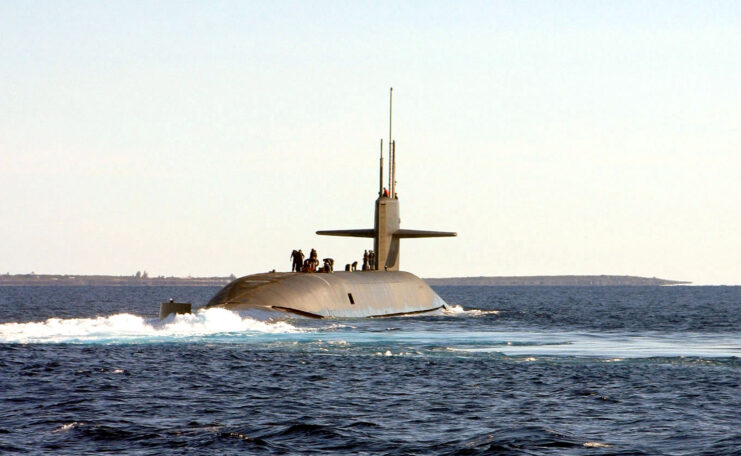
During the Cold War, submarines represented some of the most advanced weapon technologies of the time. Despite this, their underwater operations occasionally encountered problems, such as leaking oil lines, missing electrical cables, or damaged sonar domes and sound probes that could unexpectedly malfunction.
In many instances, the extent of the damage was bad enough to force the submarines to return to base for repairs.
Cookiecutter shark was the culprit
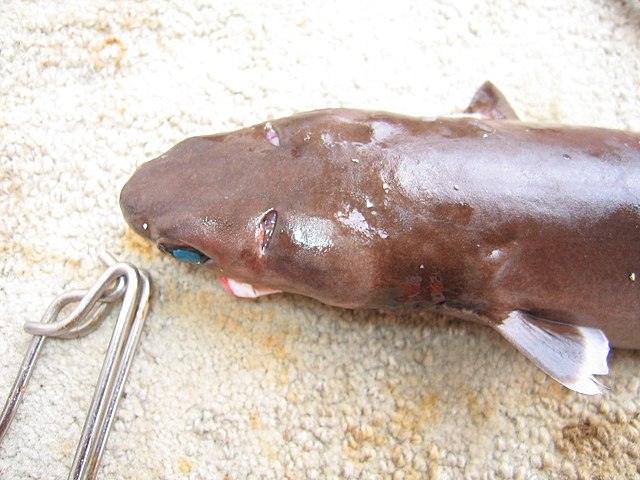
Initially, the Navy considered the possibility that the damage was caused by a new Soviet weapon. However, the true offender turned out to be something far more unexpected: the cookiecutter shark.
For those unfamiliar, the cookiecutter shark, sometimes called the cigar shark, is a small species measuring only 16-20 inches in length and found in oceans across the globe. Its name comes from the unique, round wounds it inflicts on its prey—often much larger animals—that resemble marks made by a cookie cutter.
A dome was added to protect the submarines
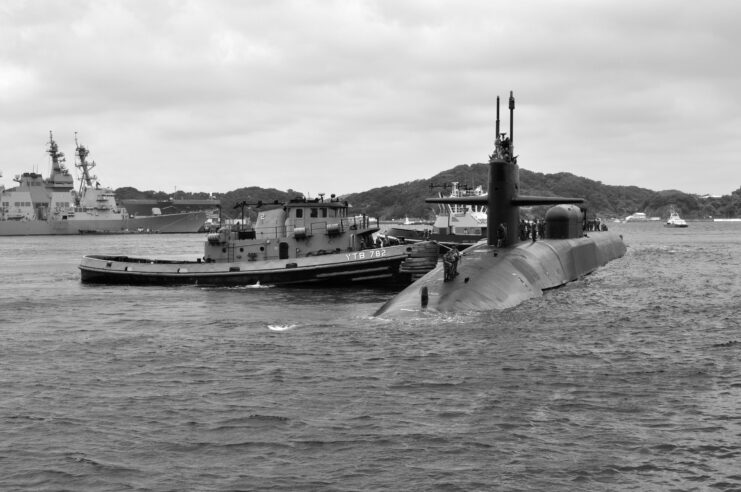
Are you a fan of all things ships and submarines? If so, subscribe to our Daily Warships newsletter!
Cookiecutter shark bites have been found on a wide variety of sea-life and have even been noted on manmade structures, such as oil rigs, as they attack any soft area that is exposed. The Navy eventually realized the shark was behind the damage to its nuclear submarines and decided the best way to counter it was to place a fiberglass dome around the vessels’ most sensitive parts.
